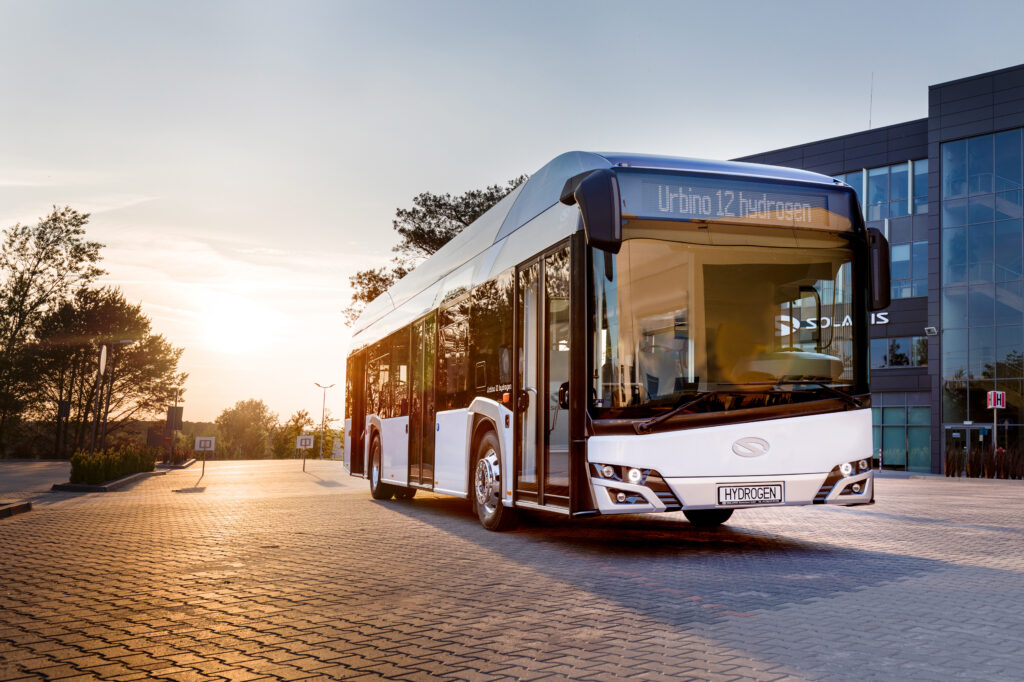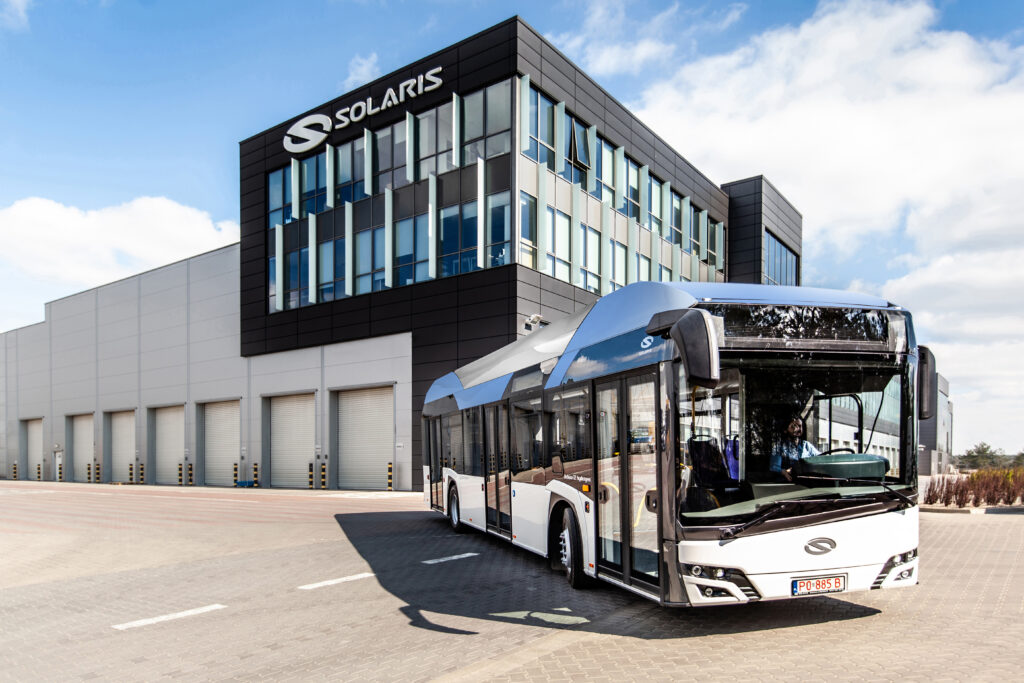
Are hydrogen vehicles safe?
With the growing adoption of fuel cells, many people are wondering – are hydrogen vehicles safe? The short answer is that they are at least as safe as those powered by conventional fuels. What’s more, several factors make them safer than their conventional counterparts.
Although hydrogen vehicles have been on the road for some years now, the principle of their operation is not as well understood as their combustion counterparts. Concerns may arise, among other things, from the consequences of using a flammable gas such as hydrogen as a fuel.

In this situation, it is worth bearing in mind that all components of the system, from the fuel cell itself to the hydrogen tanks, have been designed to prevent gas leakage and reduce the possibility of ignition in the event of a collision. Many safety systems, sensors, and warning mechanisms ensure that both during everyday use and in emergencies, the vehicle is not a source of additional danger.
Is hydrogen safe?
One of the primary factors that contribute to the safe use of hydrogen as a fuel is the properties of the gas itself. Hydrogen is over 14 times lighter than air. In the event of a leak in the system, it escapes directly upwards in a narrow stream and dissipates rapidly in the atmosphere. Unlike petrol or diesel, gas does not form puddles, the ignition of which can cause considerable damage.
Apart from the heat, the only product of combustion of hydrogen is water – this is important not only for everyday use, which does not emit any exhaust fumes into the atmosphere. Even if, as a result of unfortunate circumstances, the vehicle catches fire, again no harmful emissions are produced. Also important is the fact that burning hydrogen releases far less heat than traditional fuels, reducing the risk to people and limiting possible losses.

Are hydrogen buses safe?
Hydrogen buses such as the Urbino hydrogen are designed to provide the maximum level of safety for passengers and drivers. The main components of the hydrogen system are located on the roof. Underneath is only the refueling connection which has additional safety features. In addition, each of the five tanks in which the hydrogen is stored has an overload valve that cuts off the flow of gas in the event of a leak in the system. The tightness of the system is monitored utilizing 4 hydrogen detection sensors located at key points of the system, i.e. above the hydrogen tanks, at the hydrogen cell, at the refueling connection, and in the passenger compartment.
In a fire hazard situation, to protect the tanks against a dangerous increase in pressure, each cylinder is equipped with 2 TPRD valves, whose task is to safely remove hydrogen from the system.